I’m sure you’ve heard this somewhere before. It is a reasonably clear truth that does not need more or less to be presented. But it’s more complicated. Why? Because he wants to learn. There’s no need to write a long-winded essay on exactly how the code works. You need to get just the necessary details. At the same time, you must get used to the fact that it needs to be done. I don’t want to discuss how to describe the entire Power BI Dataset and all its parts. This could be worth a book because there are many approaches to documentation, and Power BI supports documentation of everything possible and at different levels.
What I want to discuss here is the documentation in Power Query. Again, I will not solve the exact procedures of what to describe, but instead, I want to show you what and how it can be precisely described and where it will then be promoted.
M code comments
With its M language, Power Query is no exception to other languages, so M also supports using annotations in code. We have two basic types for this:
- Single-line comments - “// My single-line comment.”
- Multi-line comments - “/My multi-line comment/”
Power Query colors comment in the code green to make them stand out from the rest of the code.
 Comment Showcase
Comment Showcase
To be able to create these comments faster, there are even keyboard shortcuts to help us with this: Ctrl + '
Documentation of steps
Ok, so we all know the comments. So let’s get to the documentation and start with the most obvious by describing the steps that the Power Query editor created for you or that you wrote yourself. However, Power Query is a reasonably understandable language that uses English as its basis. If one understands the skeleton of its functions, types, and operands, this code should be read like a book. But you’ve probably already heard that in other languages as well. It is true, but a “machine” understanding of what is happening with the data is often insufficient in itself. That’s why there is an option to add your label to any step so that you can add, for example, WHY we are doing the given step or what the expected result is.
 Step Description
Step Description
We can create such an icon with a description/documentation of the step using Power Query UI or code.
UI Variant
Right-click on the step you want to describe and select “Properties…“.
 Step Properties
Step Properties
The following POP-UP window will appear where you can complete the Description.
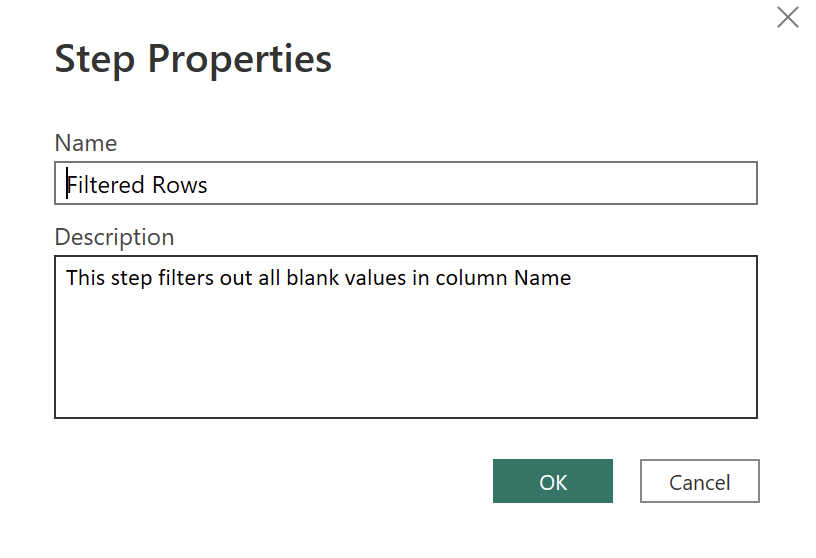 Step Properties POP-UP
Step Properties POP-UP
This Description is then reflected in the information icon. If we open the Advanced Editor, we can notice how this Description is reflected in the code. But let’s create it ourselves.
Code way
It may seem like a particular advantage to create this “i” icon, and we can reach for both single-line and multi-line comments. Unfortunately, this is not a 100% advantage because the multi-line text will be folded back to a single-line during the presentation, so formatting is quite complicated.
let
import = Excel.Workbook[URL](Data){0},
promote = Table.PromoteHeaders(#"Imported Excel Workbook", [PromoteAllScalars=true]),
// This step filters out all blank values in column Name
filter = Table.SelectRows(promote, each ([Name] <> null))
in
filterAnyway, for the comment to describe the step, it must be BEFORE the step we want to describe in this way. It’s a rather strange concept because comments are usually placed AFTER the code is described.
Feature documentation
Only some users ever needed to create their functions in Power Query, but if you ever had this need, you will find it helpful to know that functions can be described many times more than ordinary steps. At the same time, I highly recommend describing the functions because that way, you can avoid a lot of HOW I DID IT moments, which can bring even just a few hours, during which you no longer look at this code. Of course, the key to the initial understanding of what the given function does is already its name, but that is only some of it.
By itself, the already empty preview window of its function claims that it can be expanded.
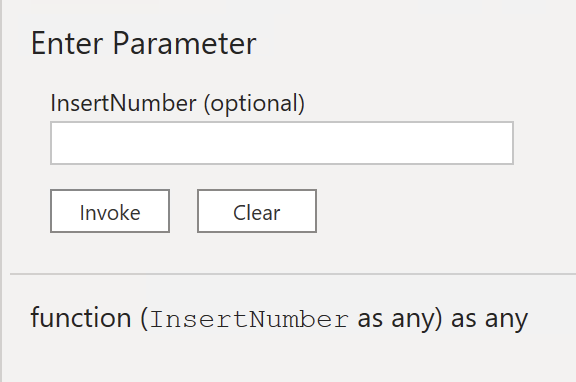 Window of function
Window of function
And overall, the fact that if you call any function but only as a reference to it (that is, without “()”), the following view will be returned to you.
 Native function documentation
Native function documentation
We could review the functions and decompose the individual “Documentation” options. Or we use the more straightforward options and look in the documentation: LINK TO DOCUMENTATION
It is pretty clear from it that we can document the following:
- Name
- Description
- Version
- Author
- Source
- Examples
- AllowedValues
- FieldDescription
That’s quite a few documentation options. I prefer using only some options for various reasons. For example, I don’t use Allowed Values because it’s just a documentation option that modifies the UI of the created function and does not limit the potentially entered values when calling the function in a usual code way.
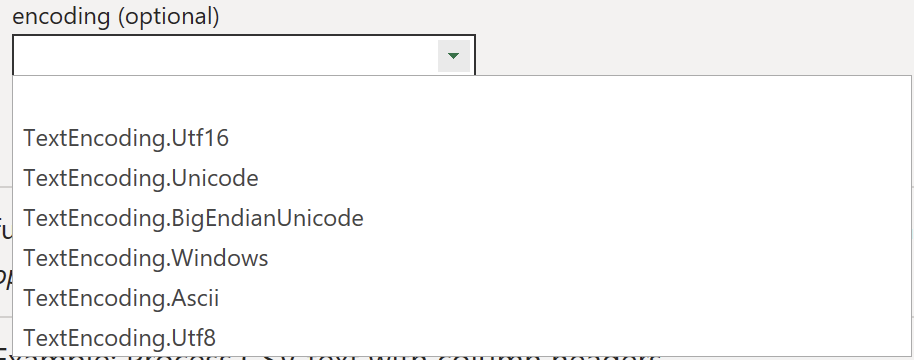 Select values in function
Select values in function
At the same time, for some of these functions, a simple extension of the metadata of the last “step” of the function is sufficient:
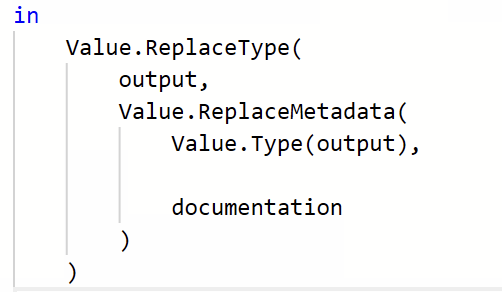 Changing Metadata of Last Step
Changing Metadata of Last Step
If you would like to use some of these documentation elements yourself, we are here to prepare a simple template for creating your functions with explanations:
// --------------------------- Function ------------------------------
let
// --------------------------- Fucntion segment -----------------------------------
output =
(/*parameter as text, optional opt_parameter as text*/) /*as text*/ => // Input definition + Function output type definition
let // Inner function steps declaration
initStep = "",
lastStep = ""
in
lastStep, // Output from inner steps
// --------------------------- Documentation segment ------------------------------
documentation = [
Documentation.Name = " NAME OF FUNCTION ", // Name of the function
Documentation.Description = " DESCRIPTION ", // Decription of the function
Documentation.Source = " URL / SOURCE DESCRIPTION ", // Source of the function
Documentation.Version = " VERSION ", // Version of the function
Documentation.Author = " AUTHOR ", // Author of the function
Documentation.Examples = // Examples of the functions
{
[
Description = " EXAMPLE DESCRIPTION ", // Description of the example
Code = " EXAMPLE CODE ", // Code of the example
Result = " EXAMPLE RESULT " // Result of the example
]
}
]
// --------------------------- Output --------------------------------------------
in
Value.ReplaceType( // Replace type of the value
output, // Function caller
Value.ReplaceMetadata( // Replace metadata of the function
Value.Type(output), // Return output type of function
documentation // Documentation assigment
)
)
// ------------------------------------------------------------------------------------An example of what it might look like:
let
output =
(generatedToken as text) =>
let
apiCall =
Json.Document(
Web.Contents(
"https://api.powerbi.com/v1.0/myorg",
[
RelativePath = "admin/imports",
Headers = [
#"Content-Type" = "application/json",
Authorization = generatedToken
]
]
)
)
in
#table(
type table [
id = text,
importState = text,
createdDateTime = datetime,
updatedDateTime = datetime,
name = text,
connectionType = text,
source = text,
datasets = list,
reports = list,
dataflows = list
],
List.Transform(
apiCall[value],
each
{
_[id]?,
_[importState]?,
_[createdDateTime]?,
_[updatedDateTime]?,
_[name]?,
_[connectionType]?,
_[source]?,
_[datasets]?,
_[reports]?,
_[dataflows]?
}
)
),
documentation = [
Documentation.Name = " get-Imports.pq ",
Documentation.Description = " Get all imports to tentant ",
Documentation.Source = " <https://www.datameerkat.com> ",
Documentation.Version = " 1.0 ",
Documentation.Author = " Štěpán Rešl "
]
in
Value.ReplaceType(
output,
Value.ReplaceMetadata(
Value.Type(output),
documentation
)
)So whenever the function reference is called, it will be returned, including this documentation.
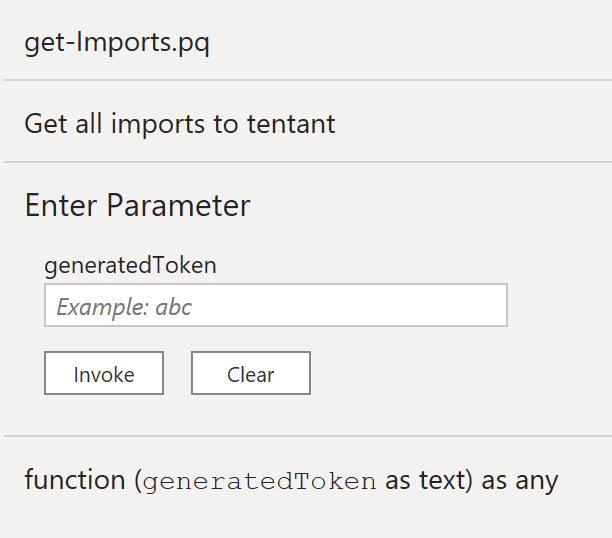 Example of custom documentation
Example of custom documentation
Documentation of queries
Even the questions themselves can be documented or described. This can be done in two places, in the query itself and the table that the query returns. These descriptions are interconnected, and if the description in one changes, it will also change in the other. So it’s up to you which one you decide to use.
-
Via “Properties” after clicking on the extended query menu
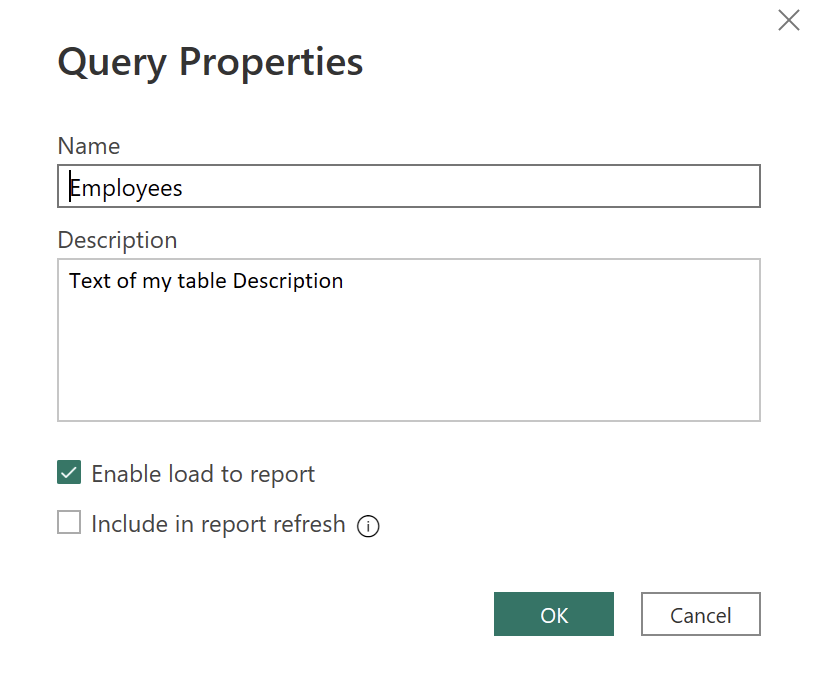 Description of Query
Description of Query -
Via the “Modeling” section in Power BI after selecting the table
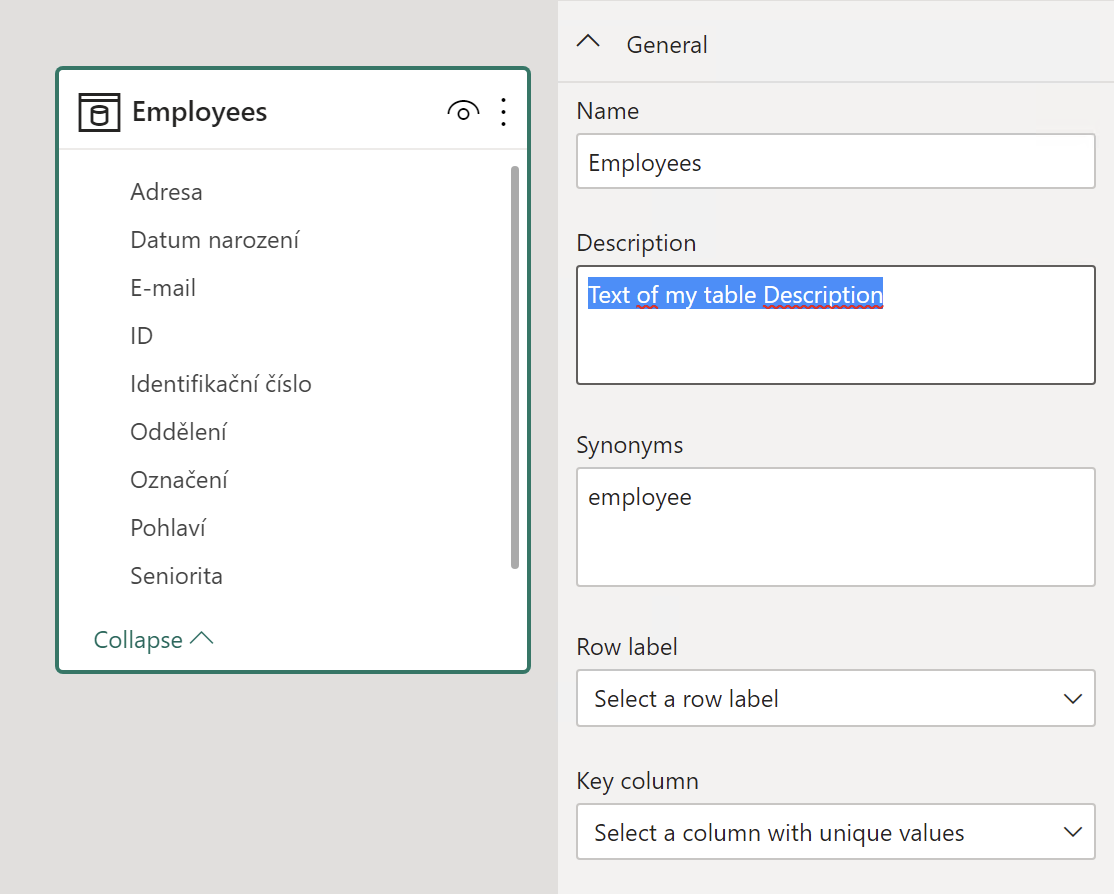 Description of Table
Description of Table
Can be found by NOT a public API endpoint “conceptualschema”! But can be found by DEV Mode of your browser. (If it supports to tracking network requests)
 Description returned by API
Description returned by API
Or by the Scanner API.
 Scanner API Response
Scanner API Response
Documentation of parameters
Parameters can also be described, which is one of the benefits for the dataset administrator. In combination with the parameter name, he does not have to think for a long time about what will happen if that parameter changes. It should help him quickly navigate between the parameters and their subsequent correctness. Setting their description is relatively easy. When creating the parameter, fill in the “Description” field directly in the Power Query interface.
 Settings of description for parameters
Settings of description for parameters
In Power BI Service, this icon will then be displayed in a light color under the parameter’s name. It will help to understand the purpose of the parameter.
 Demo of parameter description in Power BI Service
Demo of parameter description in Power BI Service
In addition to the direct display in the dataset settings, the parameter is also displayed in the API responses. (Scanner API)
 Parameter description returned by API
Parameter description returned by API
Sadly, this description is not displayed within Deployment Pipelines when setting up rules to change them when moving artifacts between workspaces. At this point, when the setup does not always have to be done by the author of the dataset, these labels would be handy.
Summary
Documentation may seem like a waste of time, but it never is. It will always serve at least to you to think about the overall concept and see it through to the end. And if you succeed, it can help you in the future. Whether you want to know what you did a year ago or you want to convince someone that you did it right.








